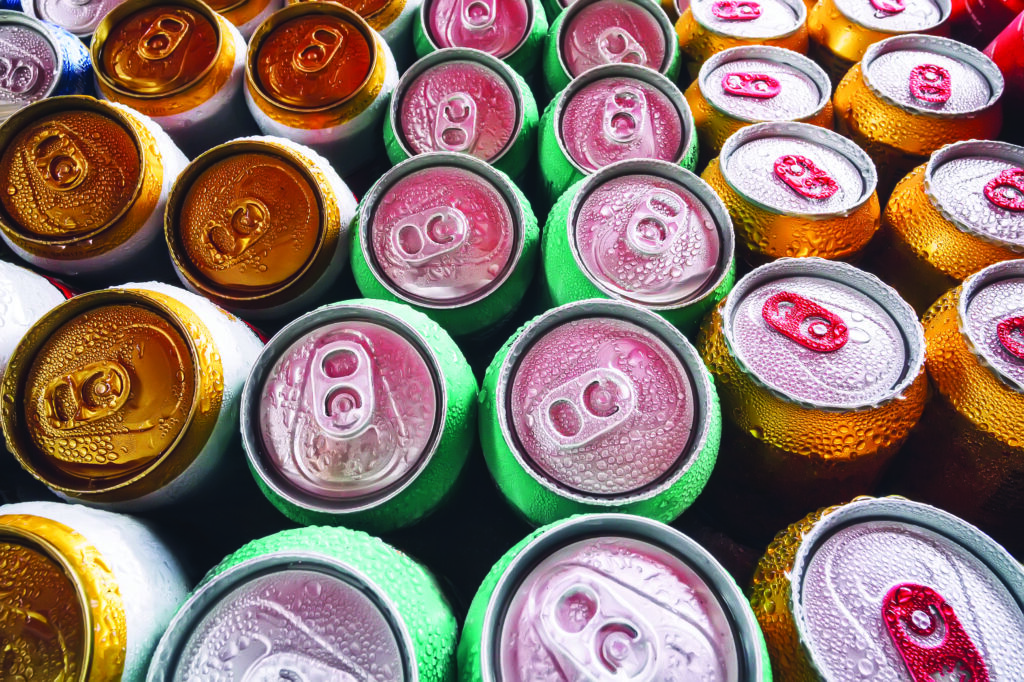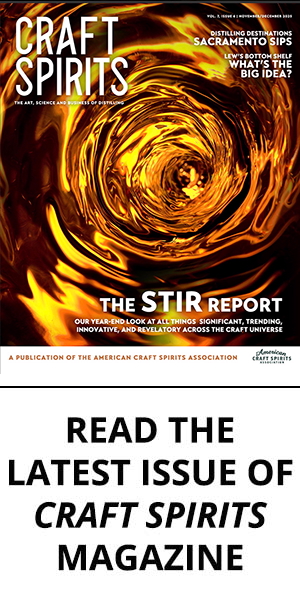
The COVID-19 pandemic changed a lot about how we work, learn and socialize. The early days of at-home cocktail experimenting and restaurant alcohol delivery have passed, and as more consumers are venturing back out for on-premise drinking and dining, they are opting for simpler alcoholic beverage options in the ready-to-drink (RTD) category.
“Consumers’ booming interest in RTDs is driving rapid growth and premiumization in the category,” says Drew Levinson, Breakthru Beverage group vice president, business development, emerging brands. “We’re predicting a continued and sustained acceleration in the ultra-premium RTD space based on consumers’ desires for greater convenience, innovation and elevated flavor choices.”
Currently, RTD retail sales are up 116 percent from 2019 and up 18 percent from 2020, according to Nielsen. The category is even outpacing other hot growth categories like tequila and whiskey to the tune of $7.7 billion in retail, or 10 percent of total beverage alcohol revenue. The International Wine and Spirits Record (IWSR) expects the total RTD category to grow from about 9.6 percent volume share of total beverage alcohol to 22 percent by 2025.
This growth is especially apparent on many resort properties, where consumer preferences and staffing shortages alike have spurred more creative options where grab-and-go RTDs represent the No. 1 alcohol sales opportunity at resort properties and pools.
“With limited or no in-room dining, hotels and resorts needed to pivot and provide guests with the elevated, sophisticated drink options they are accustomed to while making it as easy as possible on their reduced staffs,” says Sharon Charny Woschitz, Breakthru’s national accounts headquarter director, East. “It’s not just at hotels and resorts – where we’ve seen a 332% growth. Due to quality, innovation and sustainability, RTD’s popularity is also rising in new occasion areas such as weddings, golf courses and concerts.”
Convenience aside, consumers are eager to drink RTDs—and trade up to ultra-premium RTD cocktails—because of the innovative and elevated product offerings on the market today. The first RTD many consumers try is a fermented malt beverage (FMB), which is less than 10 percent ABV and perceived as similarly priced ($2-$4 for two cans) across the category. Consumers then begin experimenting with higher-priced ($4-$6 for two cans) wine and spirit offerings like seltzers and spritzers, which consumers view as similar products regardless of the base. They then trade up to ultra-premium, wine- and spirit-based cocktails, which are the most expensive ($6 for two cans) and include popular canned cocktails like Moscow Mules and margaritas.
The ultra-premium category especially is ripe for innovation. Consumers are looking not just for their favorite cocktail delivered in an easy-to-drink can but also for sophisticated flavors with quality ingredients and trendy additives like agave nectar.
“The RTD category evolution has been fascinating to watch, pulling in elements from trends like the craft movement, moderation and health and wellness to align with consumer preferences,” adds Woschitz.
Breakthru’s RTD sales have continued to outpace national trends in the last year and continue to pick up share in the important cooler space.
“We’ve watched the rapid growth of RTDs carefully the past few years, leveraging our data and analytical insights to ensure our customers have what they need to meet evolving consumer demands,” says Levinson. “We were ready for this popularity shift, and embraced an innovative portfolio with enterprise-wide capabilities that make it easy for on and off-premise customers to offer diverse and highly relevant brands to consumers. We will continue to closely monitor this segment to ensure we represent the best and most innovative brands in the RTD space.”

